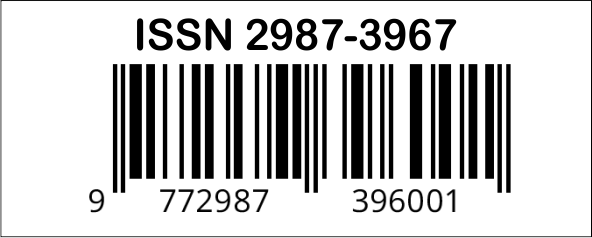Ethnomathematics-based student worksheets: Yogyakarta traditional foods as a means to learn solid geometry
Abstract
Yogyakarta has various traditional foods that can be used as examples of curved side spaces such as Lemper that looks like a cylinder, Clorot that looks like a cone, and Klepon that looks like a sphere. This study aims to develop student worksheets with traditional food of Yogyakarta contexts to help students understand the concept of solid geometry. This worksheet was developed on curvilinear space for grade IX. This is a research and development study employed 4D (Define, Design, Develop, and Dissemination) model. The worksheet was validated by lecturers and teachers in regards to: 1) the accuracy of the mathematical concepts; 2) the explication of language/text/figure/illustration; and 3) the sequences of the learning material. The score of the validity is 3.7 out of 4 which implies that the worksheet had a good quality. In addition, students' responses to the practicality of the worksheet was 3.7 out of 4. This study shown that integration of culture in terms of traditional foods and mathematics concepts could potentially help students understand mathematics concepts because the concepts becomes more familiar to students everday life.








